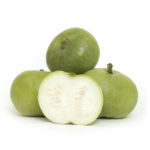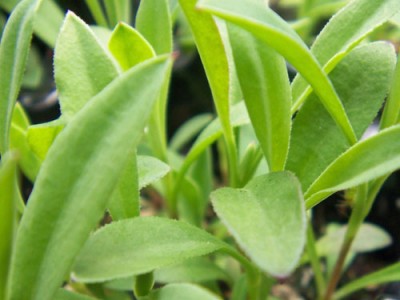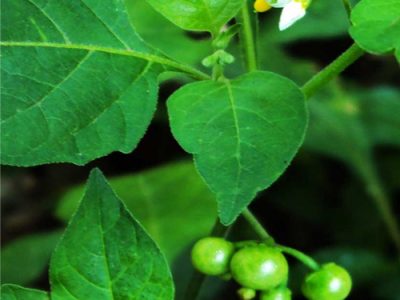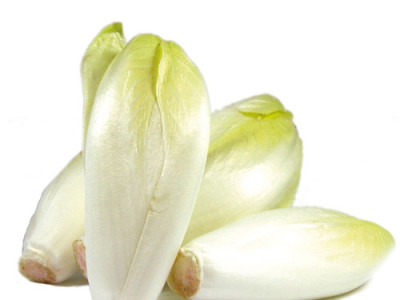
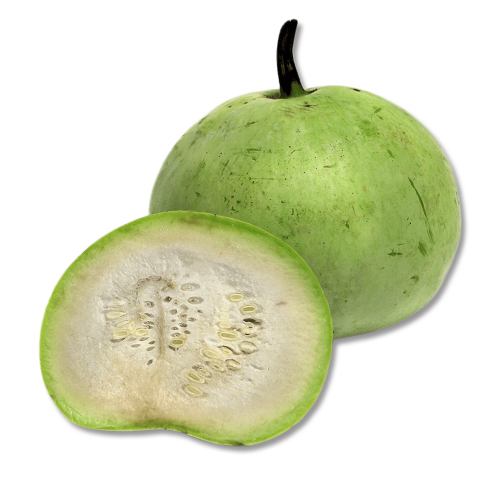
Tinda Growth Uses And Its Properties
Tinda Growth Uses And Its Properties
Plants and trees wear a gloomy look when hundreds of leaves shed from it and sports a rich look when hundreds of flowers blossom on it. The activities of the plants and trees vary according to seasons and climatic conditions.
The energy levels and relaxation will increase when one walks around the ornamental plants. Some of the world class flowers are rose, lily, jasmine and lotus.
It is imperative to note that even petals of various flowers have medicinal properties.
This topic will deal with the plant named Tinda which is a popular plant in India. The botanical name of this plant is Praecitrullus fistulosus.
The other common names of this plant are Indian round gourd, Indian squash, round melon, Squash melon, apple gourd and Indian baby pumpkin.
Tinda Uses And Properties
- This comes under the family cucurbitaceae.
- In India this plant is used as a fodder and in medicine.
- The fruit is used as a cooked vegetable.
- The fruits are also picked and candied.
- This plant is rich in vitamins and minerals and consumed as an edible food in many parts of the world.
Serving size: 100g
| Principle | Nutrient Value |
|---|---|
| Calories | 21 |
| Total Fat | 0 g |
| Saturated | 0 g |
| Polyunsaturated | 0 g |
| Monounsaturated | 0 g |
| Trans | 0 g |
| Cholesterol | 0 mg |
| Vitamin A | 0% |
| Vitamin C | 0% |
| Sodium | 35 mg |
| Potassium | 0 mg |
| Total Carbs | 3 g |
| Dietary Fiber | 1 g |
| Sugars | 3 g |
| Protein | 1 g |
| Calcium | 0% |
| Iron | 0% |
How Its Grown
- The leaves are alternate and usually palmately 5-lobed or divided.
- The flowers are unisexual and bears calyx of 6 lobes and 3-6 petals.
- The spherical fruits measures 5-8 cm in diameter.
- Tinda grows well in warm, sunny conditions and performs less in humid condition.
- It prefers light or sandy soils since the roots will penetrate easily.

